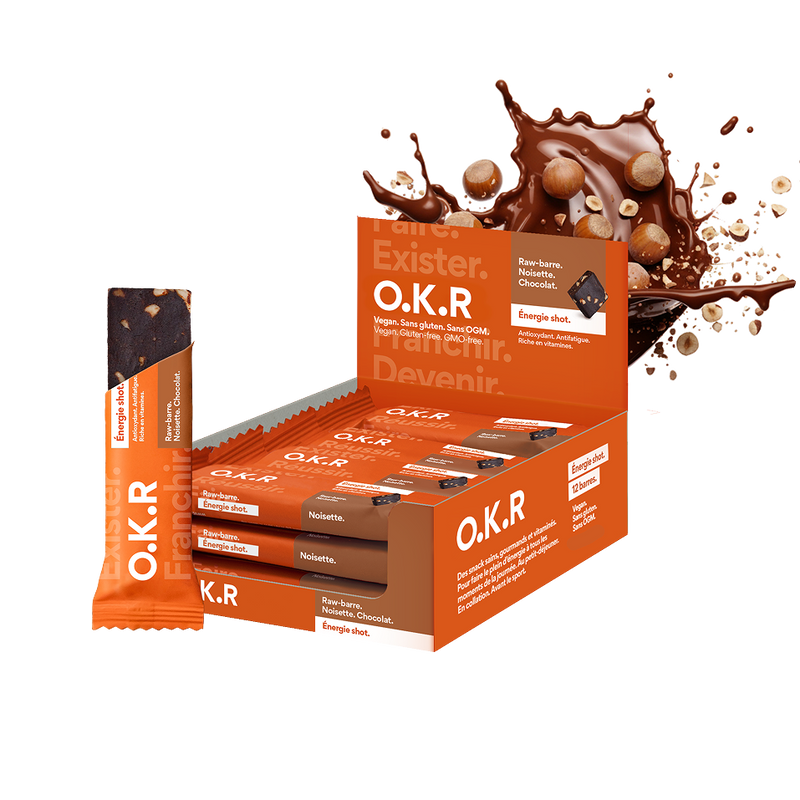To preserve your cognitive abilities from aging or to gain concentration and alertness, there is a plant: ginkgo biloba, recognized by the World Health Organization for its neuroprotective action.
Its benefits.
Used since ancient times in Chinese medicine, ginkgo is the most popular medicinal herb in the world, along with ginseng, according to a 2007 study. Recognized by the WHO for its medicinal properties, it is used in many medications aimed at relieving circulatory problems and improving memory.
- It's a neuroprotective agent. Ginkgo acts directly on the brain, optimizing its oxygenation, helping to slow down cellular aging and combating memory disorders. Thanks to this effect on our brain, its leaves are often used to treat or prevent memory loss, concentration problems, and senile dementia.
- It acts on blood circulation, both venous and capillary. Thanks to its anticoagulant action, it relieves phlebitis, heavy legs, intermittent claudication, vertigo and vascular tinnitus.
|
Fact or fiction?
It is one of the oldest species of terrestrial tree. Info! Also known as the fossil tree, the ginkgo biloba is believed to have existed even before the dinosaurs. Some specimens found in Japan are over 2,000 years old. Incredibly resilient, it was the first plant to grow back after the bombing of Hiroshima. Considered a symbol of growth and longevity in Japan, the ginkgo leaf became the emblem of the city of Tokyo in 1989. |
Side effects.
Acting as an anticoagulant, it should be avoided by hemophiliacs, pregnant women or people about to undergo surgery.
Botanical.
Ginkgo Biloba is a huge tree, reaching over 40m. Its distinctive feature is that it doesn't produce flowers, only small yellow-brown berries. Its leaves are the most easily identifiable. Fan-shaped, they turn a magnificent bright yellow in autumn, forming a carpet of gold at its feet, perhaps earning it the nickname "the tree of a thousand crowns."





















